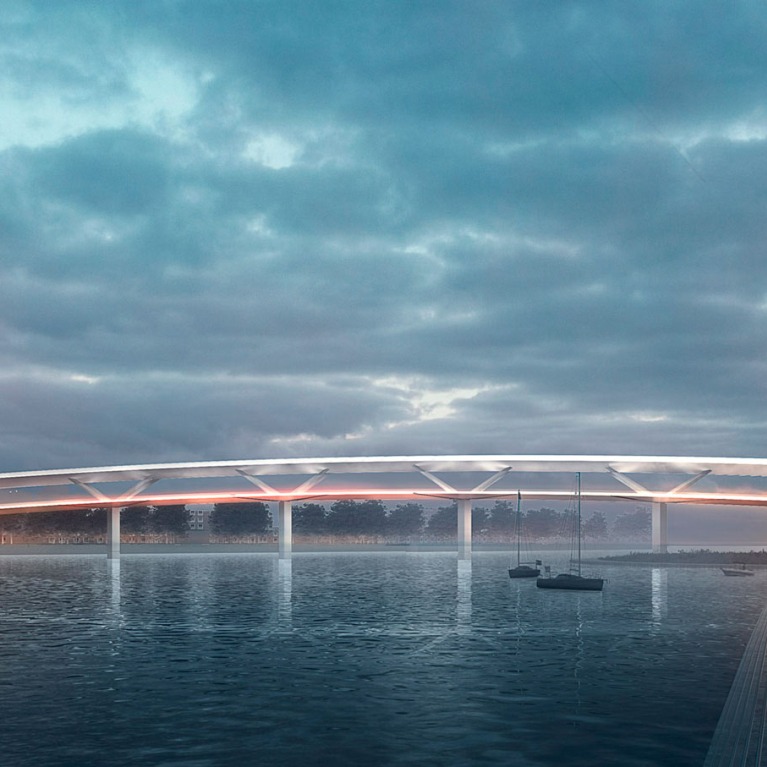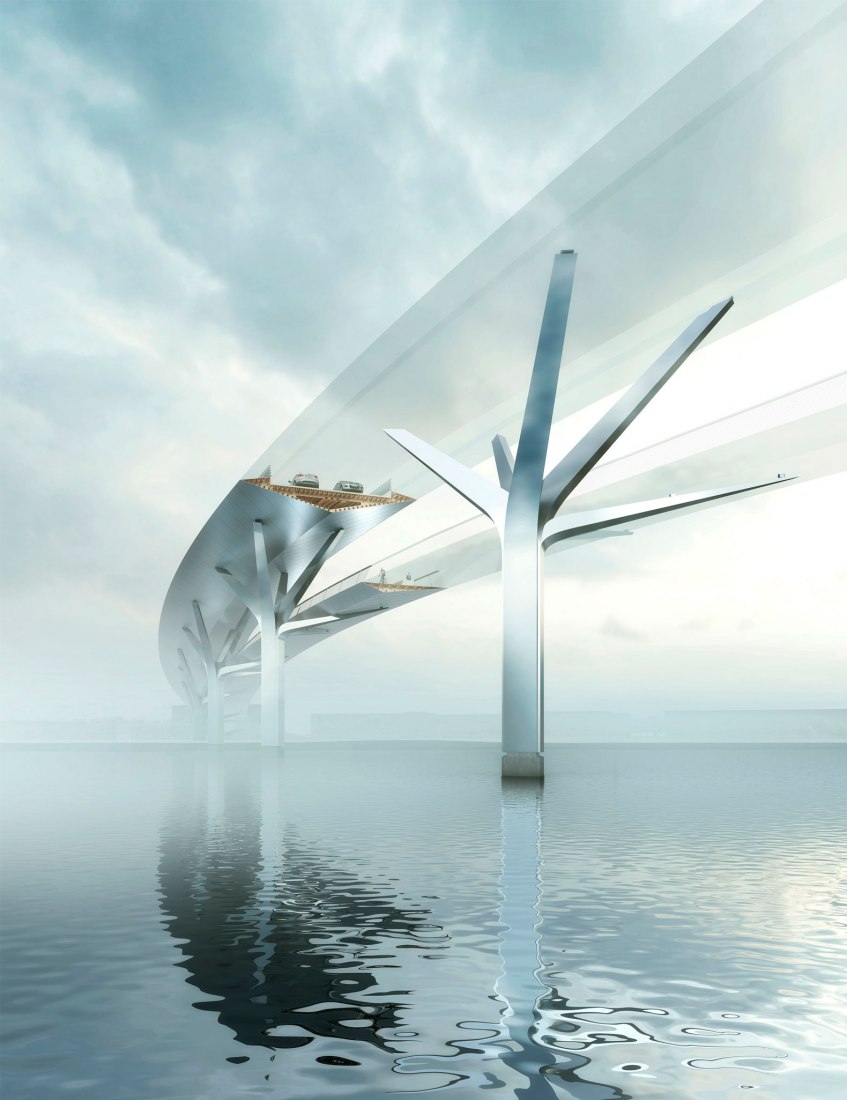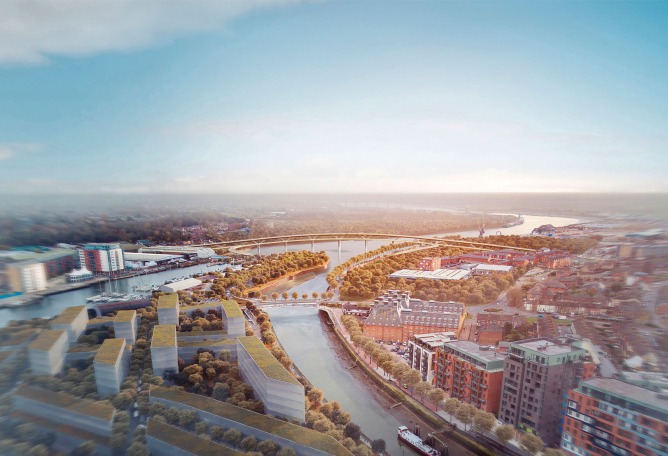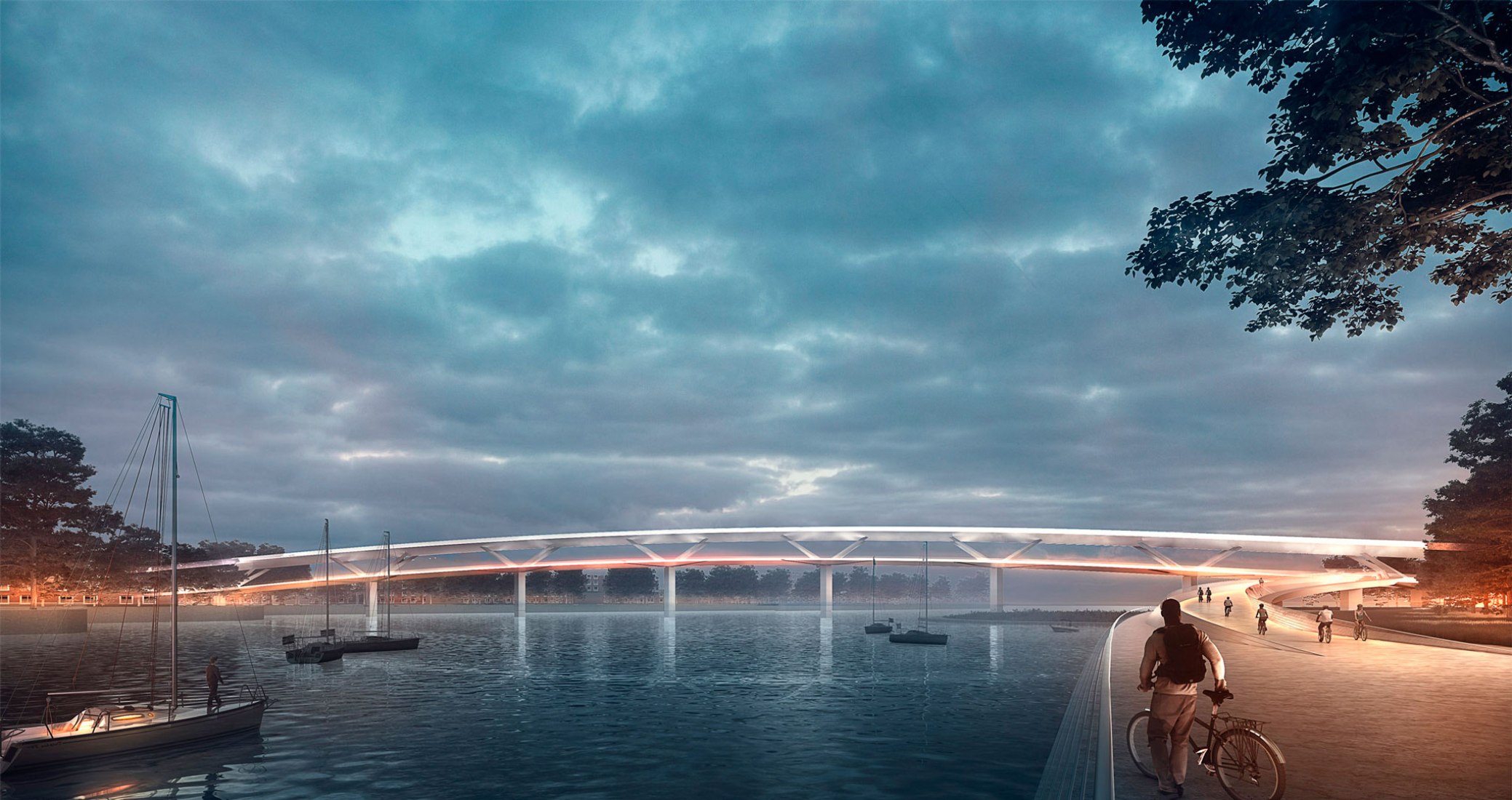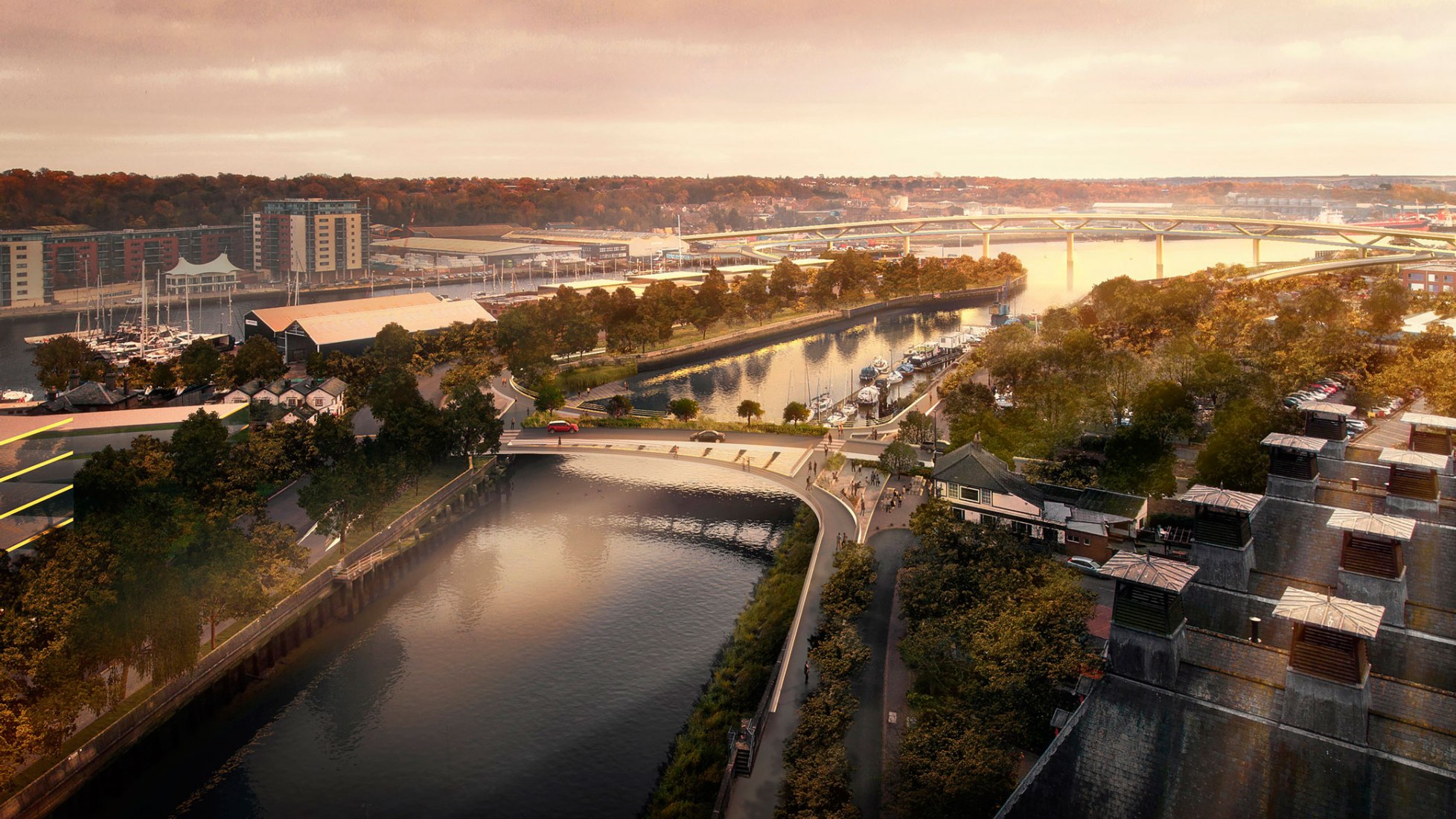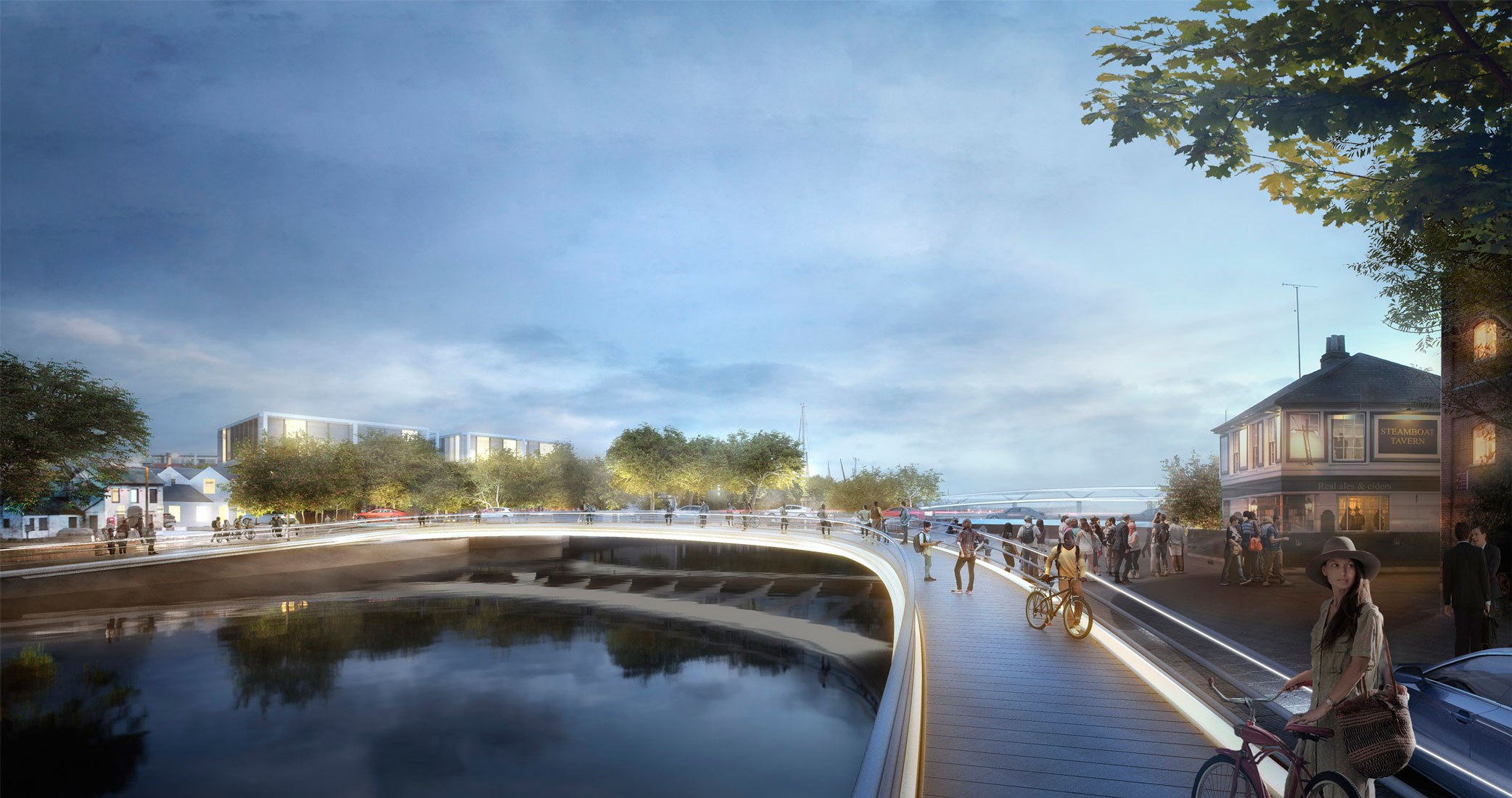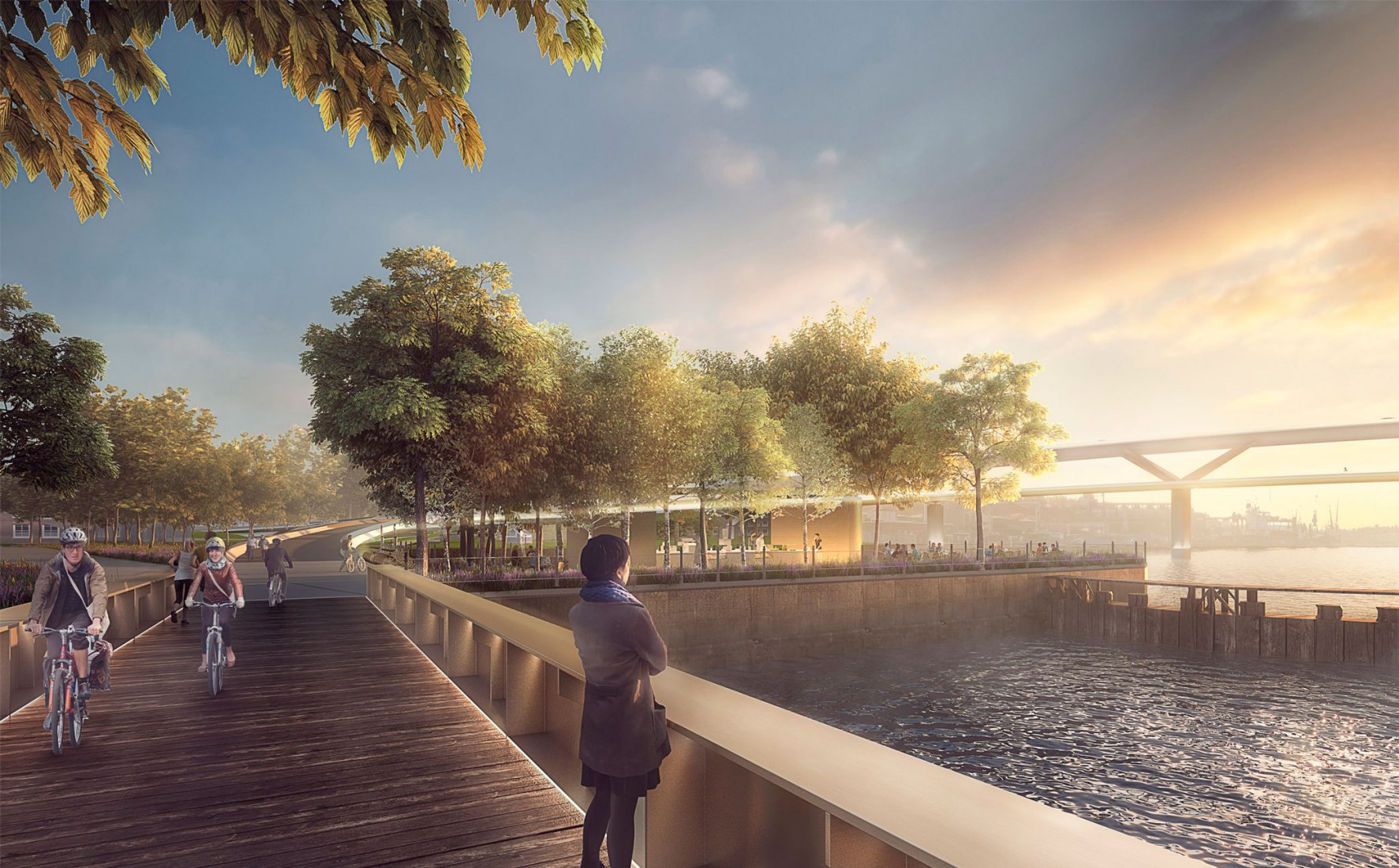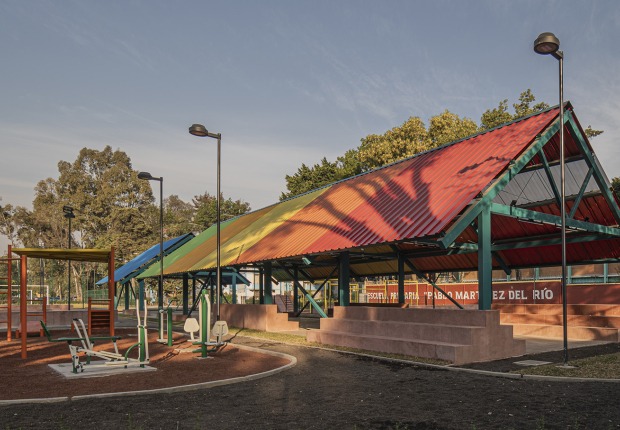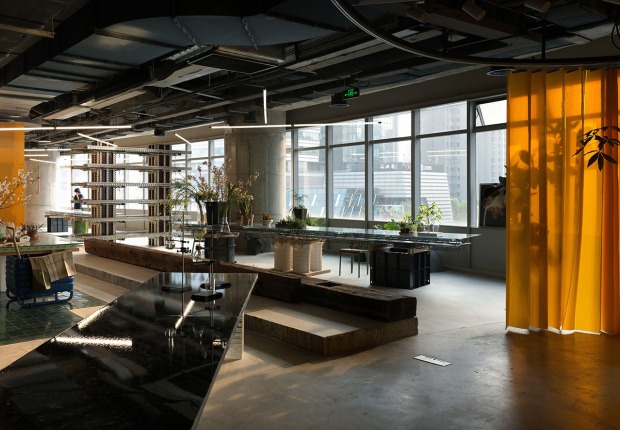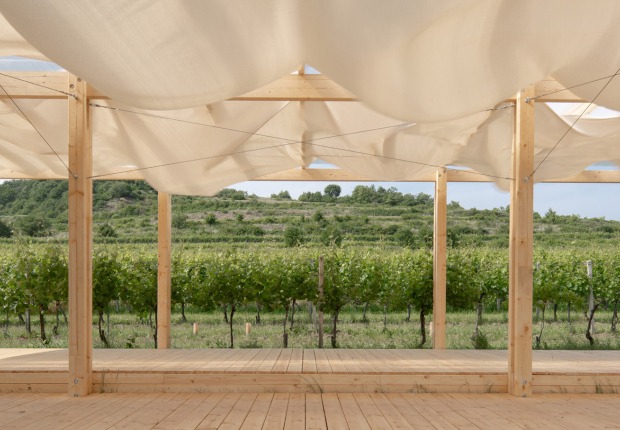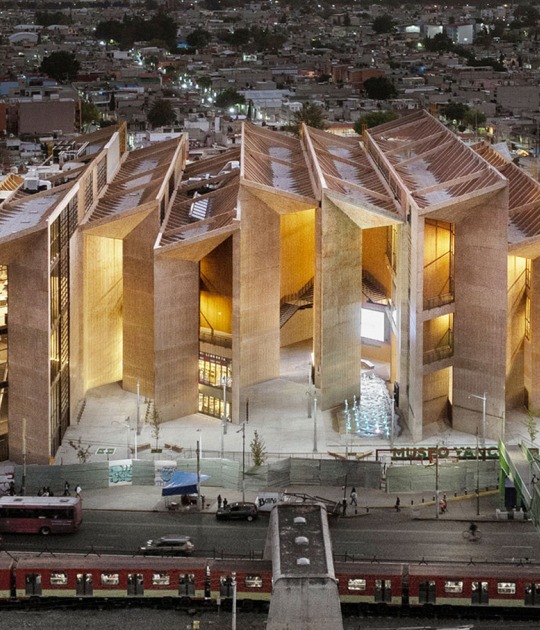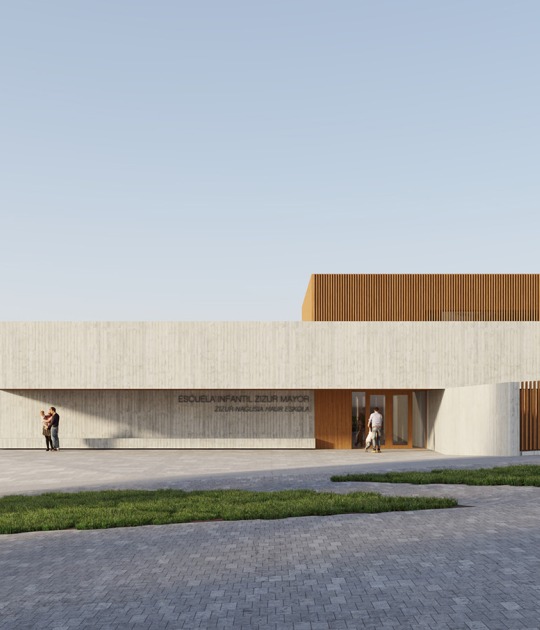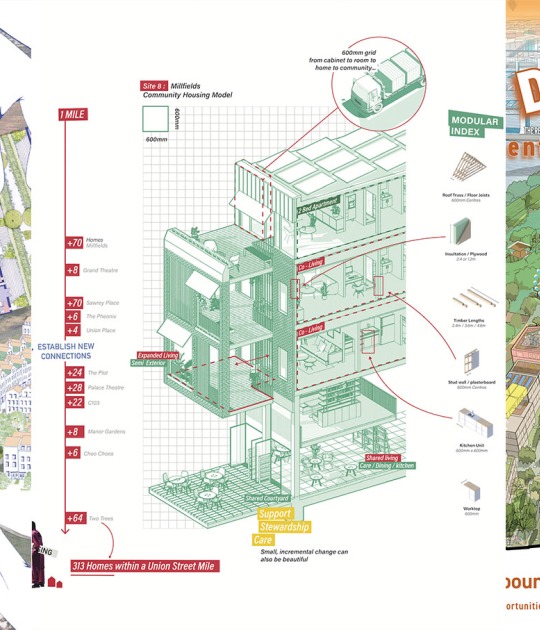Descripción del proyecto por Foster + Partners
Ipswich is set to see two new river crossings designed by Foster + Partners, together with the comprehensive refurbishment of an existing lock, enhancing connectivity in the heart of town. The project, which will create new routes through the area, will help relieve the present congestion that disrupts the town centre. The project also offers the opportunity to revitalise the central urban quarter by introducing new public spaces and routes along the River Orwell, with pedestrian and cycle links between the island site, inner harbour and waterfront. The new bridges will be part of a holistic vision for all traffic – vehicular, pedestrian and cyclists. In particular, the main crossing will split vehicles and cycles/pedestrians to create a civilised shared public realm for all.
The design was chosen through a design competition managed by the RIBA on behalf of the Suffolk County Council. The panel of experts was “impressed by the quality of Foster + Partners’ overall approach and thinking, including the initial design concepts presented for the project’s three constituent bridge crossings. The approaches were considered to have the potential to provide a very appropriate response to the waterfront context and townscape, as well as acting as a catalyst for regeneration of the wider harbour area.”
The initial design ideas will now be developed further over the coming months with the wider project team and in consultation with stakeholders, local businesses and residents.
Spencer de Grey, Head of Design, Foster + Partners:
“Ipswich holds a special place in our hearts. The Willis Faber Building was a landmark project for the practice, and we are delighted to have the opportunity to contribute to the town once more. The design of the bridges focusses on enhancing the experience of crossing the Orwell River, increasing interconnectivity and reducing congestion in the town centre. The project also offers the opportunity to consider the design of the bridges in a wider urban context, creating new promenades and public spaces between the riverfront, inner harbour and island. We look forward to working with the Suffolk County Council to develop and refine our proposals over the coming months to help realise a new urban vision for Ipswich.”
The Panel was chaired by Sir Michael Hopkins CBE with Lady Patty Hopkins (fellow Founding Partner of Hopkins Architects); Ben Gummer (Member of Parliament for Ipswich); Suffolk County Councillor Guy McGregor (Member with responsibility for delivering the Upper Orwell Crossings); Ipswich Borough Councillor Carole Jones (Portfolio holder for development); Sean McMillan (CEO and Senior Designer, Spirit Yachts); Kevin Drain (WSP | Parsons Brinckerhoff, Associate Director & Engineering Lead for the Upper Orwell Crossings project); together with Jonathan McDowell (Director, Matter Architecture Ltd.) acting as the RIBA Architect Adviser.
